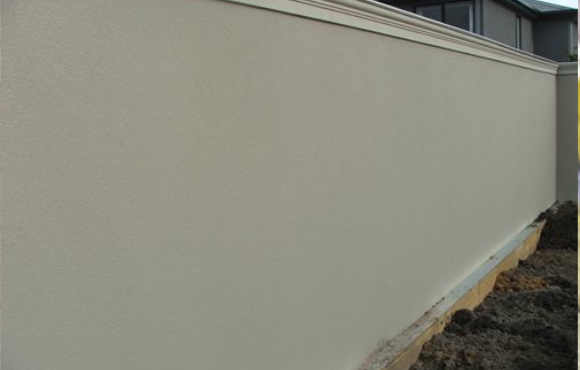Fascination About plasterers
Fascination About plasterers
Blog Article
The fashionable use of the material can be mentioned to possess started out then, but the usage of fibrous plaster was identified and practiced from the Egyptians extended before the Christian period; for ancient coffins and mummies however preserved show that linen stiffened with plaster was utilized for decorating coffins and creating masks.
If it’s not level, carry up the panel (you might need to make use of the sting with the trowel or simply a screwdriver to receive it out) and you must see the indentations with the panel.
After you’ve poured the next variety, go ahead and amount them both equally. Use the trowel to help using this type of. Lift the form and faucet it over the work area to help you degree the cement.
In more mature Qualities, hairline cracks in plastered ceilings can take place resulting from minimal deflection / motion of timber joists which help the ground earlier mentioned.[3]
If you employ the identical 3D panel style and design as my retro circles, then your sides might be 1 ¼” high. When you have a unique layout, then change the peak accordingly. Go ahead and take measurement for the extruded part and insert ¾” to it, that will give you the peak necessary to your sides.
I pre-sanded the Preliminary body pieces A-C, after which flippantly sanded yet again after the frame was assembled. For your pre-sanding I used an orbital sander with #a hundred and fifty grit, then an exceedingly quick repeat with #220. I didn’t sand the other parts given that they wouldn’t be observed.
In Australia, plaster or cement render that is definitely placed on exterior brickwork on dwellings or industrial properties can be a few coats. In two coat render a base coat is applied with a standard mixture of four sections sand to 1 component cement and one component dehydrated lime and h2o to make a reliable mortar. Render is utilized employing a hawk and trowel and pushed on about 12 mm thick to start. For two coat, some plasterers apply two total depth bands of render (1 at the base of the wall and 1 around chest peak) which are screeded plumb and square and permitted to dry although applying the main coat above the remaining uncovered wall. The render is then scratched to supply a vital for the second coat. This technique enables the remainder of the wall to become rendered and screeded off without the have to have to continually Examine if the second coat is plumb. Alternatively, equally coats can be applied Along with the plasterer employing a t-bar to screed the ultimate coat till it can be plumb, straight and square. The 1st method is normally applied in which excellent of end is in a quality. The next strategy is a lot quicker but can click here be various millimetres away from plumb.
Following, peel the 3D panel off of the tiles. Each and every of my tiles had a little cement that overhung the very best with the panel. If yours do the same, use a putty knife or even a chisel to Carefully thrust the cement faraway from the panel. Once the cement is off, the panels should raise off quickly.
Wow! That is a great idea. Our yard is sloped up. This could seem wonderful in brick set in various areas. Thank you greatly. Oh! That is purported to be considered a ? Okay right here it goes What inspired you to definitely make you're thinking that of this challenge?
Unpainted cinder blocks and concrete blocks typically have lime in them too, but strain washing really should do away with a lot of the alkalinity.
Numerous experiments mixing different limes with volcanic earths took place in the 18th century. John Smeaton (from 1756) experimented with hydraulic limes and concluded that the ideal limes ended up People fired from limestones containing a considerable amount of clay]ey materials. In 1796, Revd James Parker patented Parker's "Roman Cement". This was a hydraulic cement which, when blended with sand, may very well be used for stucco. It is also cast to variety mouldings as well as other ornaments. It was on the other hand of the unattractive brown colour, which needed to be disguised by floor finishes. 19th century[edit]
Some examples of exceptional extant historical plasterwork interiors are found in Scotland, exactly where the three very best specimens of interior plasterwork are elaborate decorated ceilings through the early 17th century at Muchalls Castle, Glamis Castle and Craigievar Castle, all of which are inside the northeast region of that nation.
During the sixteenth century, a different highly decorative style of ornamental internal plasterwork, identified as scagliola, was invented by stuccoists Operating in Bavaria. This was composed of gypsum plaster, animal glue and pigments, made use of to imitate coloured marbles and pietre dure ornament. Sand or marble dust, and lime, ended up occasionally included. On this very same century, the sgraffito technique, also called graffito or scratchwork was launched into Germany by Italian artists, combining it with modelled stucco decoration.
This technique was practised in antiquity and was explained by Vasari as remaining A fast and durable approach for decorating creating facades. In this article, layers of contrasting lime plaster have been used along with a design and style scratched from the upper layer to reveal the colour beneath. seventeenth century[edit]
